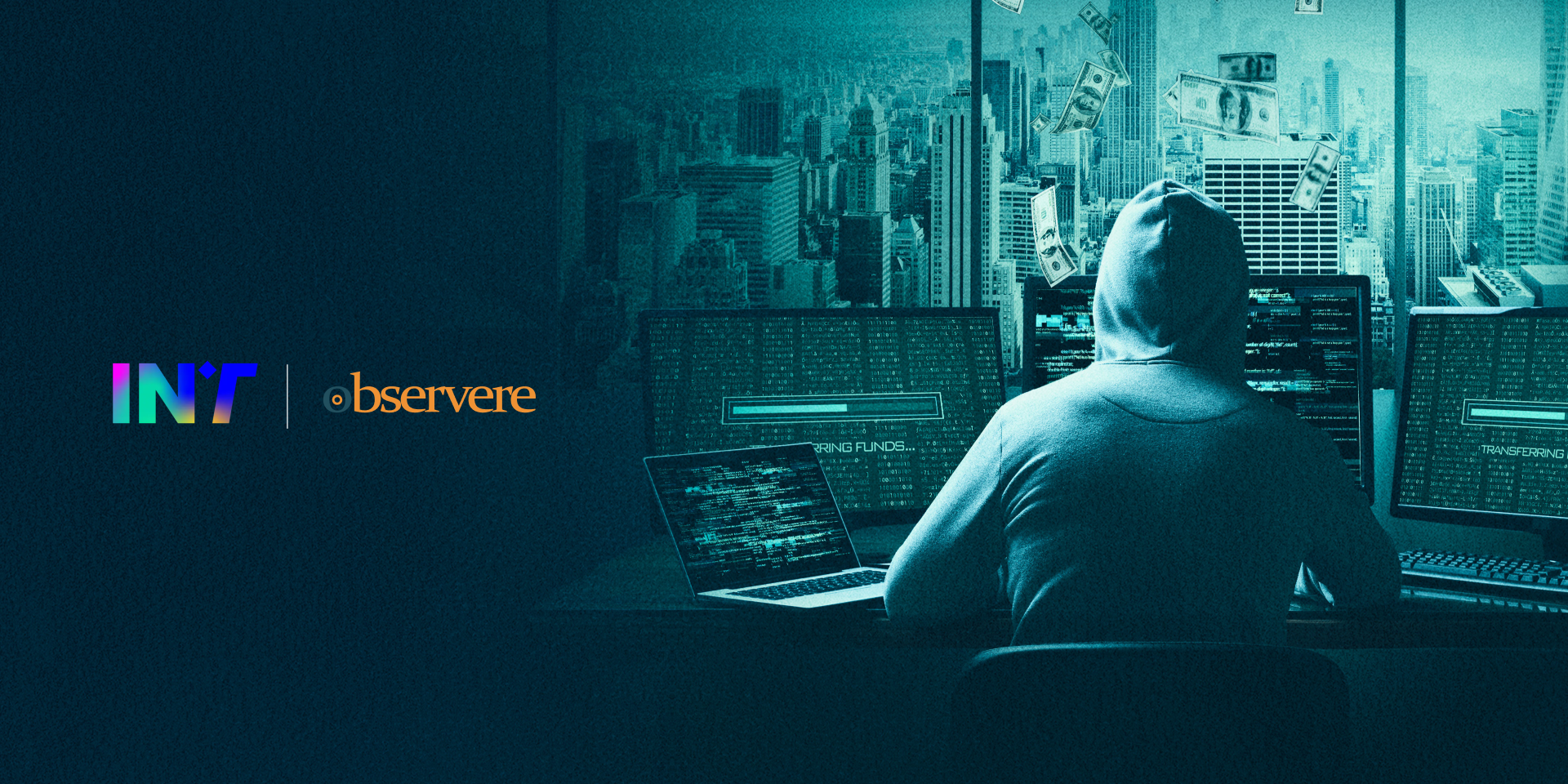In 1995, Johnny Mnemonic envisioned a cyberpunk future of data couriers and information-hungry megacorporations. In 2023, with Billion Dollar Heist, the vision is no longer so dystopian: reality has materialized and surpassed fantasy.
This time, we are talking about a docu-thriller that recounts the sensational attempted theft of one billion dollars from the Central Bank of Bangladesh, orchestrated in 2016 by a well-structured group of cybercriminals, linked, according to investigations, to North Korea.
No neural chips, no science fiction plot. Just what we would today call state-sponsored cybercriminal groups, capable of infiltrating global banking systems by exploiting technical weaknesses, flawed procedures, and the most fragile element: the human being.
The documentary reconstructs the attackers’ modus operandi step by step.
First, targeted phishing: infected emails sent to key bank employees, which allowed malware to be installed and opened a breach in the internal network.
Then, the exploitation of vulnerabilities: outdated, poorly monitored systems that allowed for undisturbed lateral movement.
Once they gained access to the systems, the group managed to compromise the SWIFT messaging system, the backbone of the international financial system, through which billions of dollars are managed daily.
The final phase was as simple as it was devastating: sending transfer orders for hundreds of millions to foreign accounts, disguised as legitimate operations.
The theft was not completed only thanks to a combination of chance occurrences, including a typo in one request and delayed checks by some correspondent banks.
Cyber Themes: Not Science Fiction, Just Criminal Routine
The film highlights a crucial point: the attackers did not use hyper-technological techniques or sophisticated zero-days. The heist was carried out with tools that every red teamer knows well:
- Phishing: Custom-crafted emails, capable of bypassing the superficial attention of untrained employees.
- Unpatched vulnerabilities: Legacy software and never-updated systems.
- Absence of controls: Non-existent or ignored procedures for verifying anomalous transfers.
- Lack of detection: Insufficient monitoring of internal networks and SWIFT traffic.
Not Hollywood super-hackers, but organizationally disciplined cybercriminals.
The Parallel
The Bangladesh Bank Heist incident is not isolated, as demonstrated in subsequent similar scenarios and increasingly in modern international conflicts:
- The attack on Colonial Pipeline (2021), where ransomware paralyzed US energy infrastructure, showing how a single point of access (a compromised VPN) can generate a national domino effect.
- The cases of banking ransomware in Latin America, where entire financial institutions found their ATM systems blocked and faced multimillion-dollar ransom demands.
- Supply chain attacks like the one on SolarWinds, which demonstrated how hitting one critical supplier is equivalent to compromising thousands of customers downstream.
The risk is clear: the next billion-dollar heist won’t be a movie, but a real incident—assuming, of course, that it comes to light.
Billion Dollar Heist: A Manual for Cyber Governance
Beyond its thriller pace, the film can be read as a cyber risk governance manual disguised as entertainment.
The key lessons:
- Basic cyber hygiene: Patch management, network segmentation, least privilege.
- Continuous training: Resilience starts with people, the primary target of phishing.
- Incident response: Simulations, tabletop exercises, field-tested recovery plans.
- Corporate culture: Technology is not enough; every link in the chain must understand the risk.
What emerges is that the real Achilles’ heel is not just the technology, but the lack of awareness and management at the top of organizations.
If Johnny Mnemonic anticipated futuristic concepts like neurosecurity and the neural chips now being developed by Elon Musk’s Neuralink, Billion Dollar Heist confronts us with the evidence that the future is already here. You don’t need brain implants to risk compromise: an infected email and weak procedures are all it takes.
The documentary is a direct warning to banks, companies, and governments: trust in global financial systems is fragile and requires a paradigm shift. It is not just a film to watch, but a lesson to be applied, perhaps starting with our daily lives.
Article in collaboration with Lorenzo Raimondo, Managing Director of Observere





